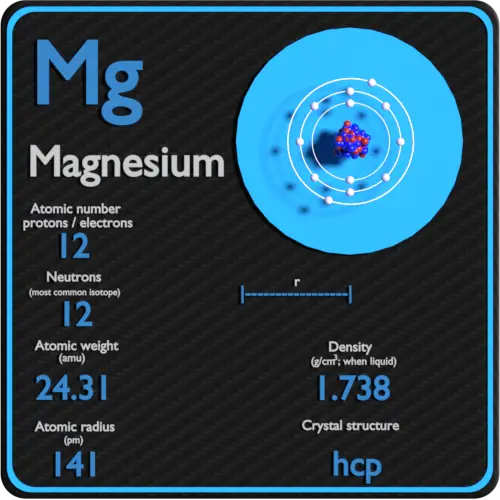

It decreases as you go left to right on the periodic table because of the greater amount of protons. The rules for deciding which element has a larger atomic radius are the following: The atomic radius for each individual element is defined as a measure of the size of each individual atom, normally the mean (average) or the distance from the middle of the nucleus to the boundary of the neighboring cloud of electrons. We know when we look at the periodic table that there are rows (horizontal) and there are columns (vertical).įor this problem, we are locating elements and determining their atomic radius to see which is larger of the elements chosen. To complete this problem there are a few rules and guidelines you will need to know about before starting.įirstly, we need to be able to locate each element in comparison to the other on our periodic table of elements. To complete this type of problem you will need a periodic table of elements handy to easily access each element to be able to tell where it is located in comparison to other elements. Things you need to complete this problem: Information contained in your Infringement Notice is accurate, and (c) under penalty of perjury, that you areĮither the copyright owner or a person authorized to act on their behalf.\( \newcommand\)ĭetermine which atom is larger in each pair of elements. Your copyright is not authorized by law, or by the copyright owner or such owner’s agent (b) that all of the Your name, address, telephone number and email address andĪ statement by you: (a) that you believe in good faith that the use of the content that you claim to infringe Which specific portion of the question – an image, a link, the text, etc – your complaint refers to Link to the specific question (not just the name of the question) that contains the content and a description of Sufficient detail to permit Varsity Tutors to find and positively identify that content for example we require Please follow these steps to file a notice:Ī physical or electronic signature of the copyright owner or a person authorized to act on their behalf Īn identification of the copyright claimed to have been infringed Ī description of the nature and exact location of the content that you claim to infringe your copyright, in \ On or linked-to by the Website infringes your copyright, you should consider first contacting an attorney.

Thus, if you are not sure content located Misrepresent that a product or activity is infringing your copyrights. Please be advised that you will be liable for damages (including costs and attorneys’ fees) if you materially Your Infringement Notice may be forwarded to the party that made the content available or to third parties such Means of the most recent email address, if any, provided by such party to Varsity Tutors. Infringement Notice, it will make a good faith attempt to contact the party that made such content available by If Varsity Tutors takes action in response to Information described below to the designated agent listed below. Or more of your copyrights, please notify us by providing a written notice (“Infringement Notice”) containing If you believe that content available by means of the Website (as defined in our Terms of Service) infringes one When all the dipole moments of polar bonds in a molecule are summed, the molecular dipole moment results, as per the following equation.ĭipole moment = charge * separation distance This leads to the O-H bond having a dipole moment. In other words, oxygen more strongly attracts electrons when in a bond with hydrogen. Electronegativity is a property inherent to the atom in question, whereas dipole moment is a property of the bond between them.įor example, oxygen has an electronegativity of 3.44, and hydrogen of 2.20. Dipole moment, however, is dependent on the electronegativity of the atoms making up the bond. When comparing more than one polar covalent molecule, we use the dipole moment value to help us determine relative strength of polarity. The former is purely ionic, and the latter is polar covalent. An example can be seen by contrasting sodium chloride, NaCl, with an organic molecule, R-C-OH. Polar compounds are different from those compounds that are purely nonpolar or purely ionic. Electronegativity is an important concept in physical chemistry, and often used to help quantify the dipole moment of polar compounds.


 0 kommentar(er)
0 kommentar(er)
